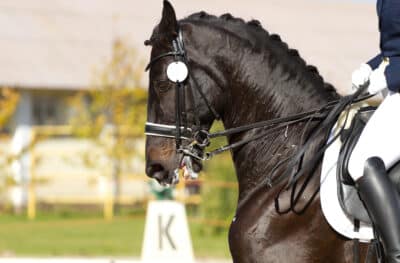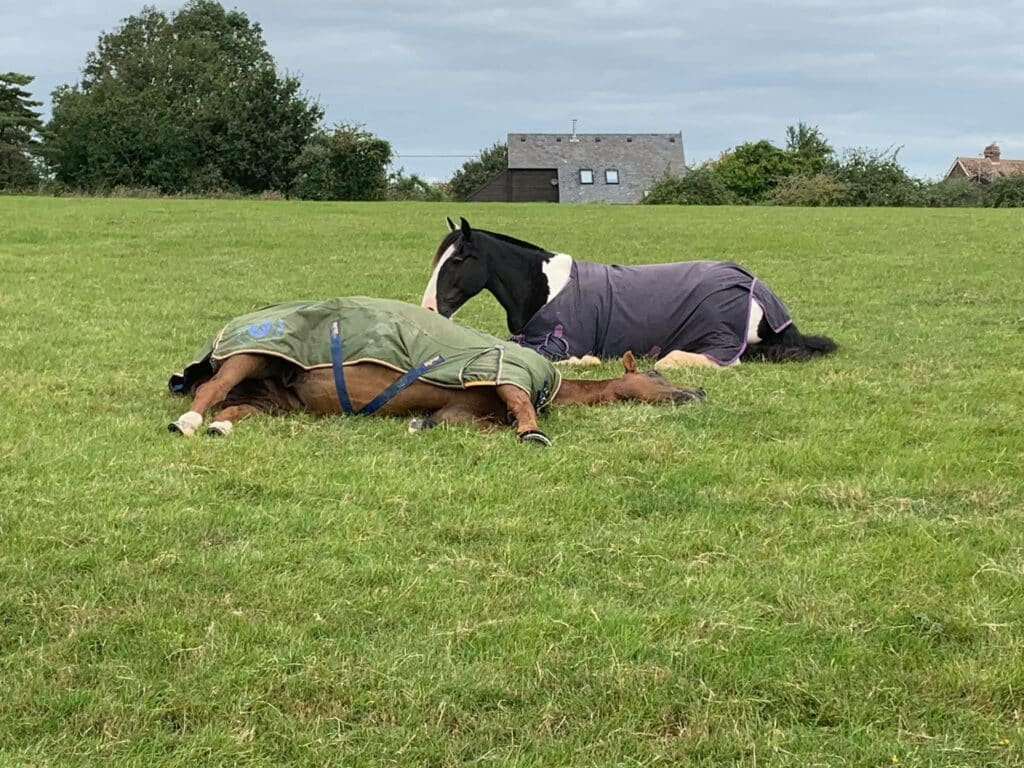Behaviour, Daily Management, Featured, Training, Training and Management
Equine psychology – an overview for coaches
Christa Dillon, discusses who’s responsibility it is, to advocate for the horse
If we exchange the word ‘behaviour’ for the word ‘information’, we can begin to think differently when interpreting a horse’s actions.
Horses are one of the most abused animals on the planet, because they are almost all born with a built-in desire to generously and willingly oblige us. To understand the horse properly, we have to look a little more deeply into his evolutionary history.
A little background
Horses have existed on earth for 55 million years. Humans have been around for only 6 million years. The horse has, therefore, had 49 million relatively uninterrupted years to become very good at being a horse.
Horses are a prey animal and, they are a herd animal. The safety of any herd animal depends upon the choices of smartest and most experienced members of the herd. In order for this to be achieved, a hierarchy within the herd must exist. For many years it was assumed that a dominant ‘alpha horse’ made the decisions and, enforced those decisions with aggressive displays of behaviour. However, thanks to the work of behavioural experts such as Mark Rashid, we now know that wild herds are mostly led by a ‘passive leader’. This horse is calm, experienced and watchful. He or she is purposeful in making decisions for the herd, and the herd members willingly follow his or her example. There is no dominance or aggression. There are firm, consistent herd rules and boundaries in place, which may occasionally need reenforcing, but this is usually achieved with minimal confrontation and, with no direct contact. The unchanging perimeters allow each herd member to live securely and calmly, with respect and understanding for their place in that herd.
Conversely, the ‘alpha horse’ mostly exists on the outside of any herd and, is not part of the decision making process. Nor is this horse liked, respected or easily included in activities such as eating, grooming or play.
It is also often assumed that a horse’s underside is his most vulnerable area. Not so. A horse’s ‘weak point’ as a prey animal, is his back. To bring down a horse, the predator must launch itself out of the way of flying hooves, out of the way of being bitten, and onto the best place to bring the horse down using force and momentum, which is his back.
It is true to say that despite several million years of domestication, horses always remain true to their base fight, flight, freeze or appease evolutionary instincts. We see this every day when horses spook at strange objects or react to loud noises. We can learn much about the character of each individual horse in how he responds to new and unknown situations and scenarios, how he interacts with other horses and, how he best appreciates being handled and trained.
So what does this mean to us as riders?
Now put all of this information into context. We as humans want to ride on the backs of horses. The horse has to be trained away from his 55 million year-old primal fear and self-defence instincts, to learn how to carry a human. He has to learn to see the human in the role of the ‘passive leader’ horse. He has to accept guidance and instruction, even when his primal instincts are telling him that he should be doing otherwise.
We as humans are often emotional, erratic and inconsistent, and we do not always provide the secure, unchanging climate that the horse needs to feel truly safe. We are not always clear with our instructions, and we do not always present information to the horse in an understandable or logical format. Sometimes some folk even behave as an ‘alpha’, wrongly believing that the horse should be handled and trained with force and dominance.

In the absence of any clear boundaries and, in the presence of confusing, frustrating or fear-inducing miscommunication from the rider or trainer, it is easy to see why some horses may begin to display ‘undesirable’ behaviours. Horses need rules, and they need clarity. The absence of these things creates great insecurity and awakens a primal need within the horse, to ‘look after himself’. He will do this by pushing those inconsistent boundaries or, by challenging those frustrating interactions. He is not being naughty. He is trying to survive, using the only tool he has that we can never take away from him – his 55 million years of evolution.
We can add into the mix the fact that horses were never designed to become beasts of burden. We place excessive athletic and competitive demands upon an animal that is not really mentally or physically equipped to cope with this. And yet, the horse keeps on willingly trying to be what we need and want him to be.
Unwanted behaviour can often be a symptom of underlying pain or discomfort. A horse in pain is a cause of great concern for riders, caretakers and coaches alike. Horses have a high pain threshold, thanks again to their evolution as a prey animal. A predator will pick off the weakest member of a herd, and a lame or sick horse is far easier to take down than a strong, healthy one. Therefore, horses tend to give away as little as possible. This means that in some cases, horses are suffering, yet we may not see many external signs of this. When a horse becomes behaviourally altered due to pain, he may grind his teeth, or swish his tail. He may lose his fluidity, or rear, or buck, or refuse to move or to jump, or to be mounted, or to load, or to leave the yard. He may stop eating. He may become aggressive on the ground. There are many ways in which a horse will try to tell us that he is not ok. And yet, he is quite often ignored, or punished, or worked harder, or ‘shown who is the boss’. All the while, he is asking us to listen. He is communicating in truth, and still, we refuse to believe it is genuine.
To summarise
The horse is not neurologically capable of deciding to be a problem. ‘Behaviour’ as we understand it, is a horse trying to convey information. The horse is not designed to accept us as his rider, or as his leader, or to perform under saddle for us. And yet he does so, willingly and with great generosity. We owe it to the horse to listen, to understand, to seek help and advice when required, to advocate for him-and to appreciate and respect this most remarkable creature.


